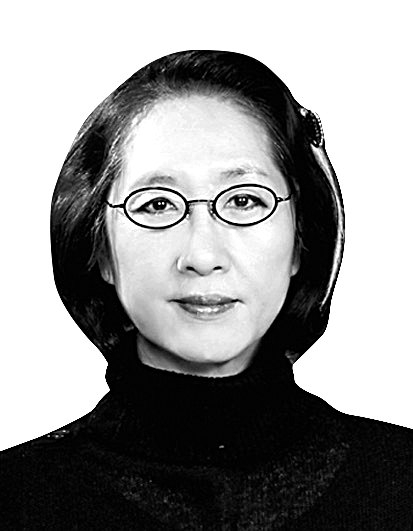What did the country do for Nam June Paik?

Kim Hong-hee
The author, a former director of Seoul Museum of Art, is board chair of the Nam June Paik Cultural Foundation.
“My wish is to go back to Korea, to Changsin-dong.” When I heard the news that the Nam June Paik Memorial House in Changsin-dong in central Seoul, was closing, the first thing that came to my mind was this remark by the great artist in an interview in 2004.
The Memorial House was set up on the site of an old house in that neighborhood, and called the “Big Gate House,” as it had a towering gate on a site of more than 3,000 pyeong (2.5 acres). Most of the structure was damaged during the Korean War, but some of the remaining traditional buildings were purchased by the Seoul Metropolitan Government in 2015. It was then remodeled from 2016, and opened in 2017. This is the short history of the Nam June Paik Memorial House.
The significance of the location of the memorial house is not because it was a fancy house with a large gate. It is rather because Paik lived there for 14 years from age five in 1936 to age 18. Changsin-dong had become the center of clothing production after the war, but before then, it was a strategic location for powerful families, close to Seongbuk-dong, Naksan, Dongdaemun and Cheonggyecheon.
As illustrated by Paik’s anecdote of barely finding Arnold Schoenberg’s album in the Cheonggyecheon shopping mall, Paik as a teenager developed his artistic vision and creativity there. That’s why the Changsin-dong residence is considered more symbolic than his birthplace in Seorin-dong.
Nam June Paik (1932-2006) left Korea when he was young and moved to the United States after spending time in Hong Kong, Japan and Germany to become the internationally renowned artist that we know. Having experienced separation, migration and wandering, an awareness of national and ethnic identity certainly formed a layer of consciousness inseparable from his life and art. He found aesthetic roots in Eastern philosophies and sought artistic inspiration in Korean traditions. The spiritual source must have been Changsin-dong.
The art world is stirred by the desperate need for the memorial house to remain in any form — and the concern about what will happen to the house if it is closed down. The Seoul Museum of Art’s explanation that “the building does not have great historic significance as it is not a birthplace” makes me doubt how it could be the reason for ending its operation. If the justification for the closure is “a poor exhibition environment and few visitors,” it is no different from the sophistry that sick people should die instead of treating the disease.
We have witnessed cases of building museums or memorials and developing a brand for the town by taking advantage of the fact that celebrities were born there, or lived there for a while or went to school there. The Park Su-geun Museum opened in 2002 in Yanggu County, Gangwon, and the Lee Ung-no House in Hongseong, South Chungcheong opened in 2011. The city of Sejong is expected to open the Jang Wook-jin Memorial Center next year.
Needless to say, Paik is the founder of video art and a cultural avant-garde representing the 20th century, taking a key position in art history. He was a postmodern visionary who played with “living on the edge” between arts and science, and art and music, not to mention being an all-around talent who played the role of writer, planner and entertainment agent at the same time. In this regard, he can be compared to Leonardo da Vinci (1452-1519), an all-around artist who combined art and science based on ancient and contemporary — and pagan and Christian — world views during the cultural transition from ancient to medieval times.
However, what is more important to us is that Paik is a Korean cultural asset. Ever since he landed in Korea with “Good Morning, Mr. Orwell” in 1984, he largely contributed to the advancement of Korean arts and culture, leading the creation of the Gwangju Biennale (1995) and the establishment of the Korean Pavilion at the Venice Biennale (1995). In retrospect, he was the pioneer of the Korean Wave.
But his home country did nothing for him. Rather, he is underrated in Korea. Foreign friends scold me about how Koreans don’t recognize the treasure of their country. Even now, we have to give something back to Paik. So much work needs to be done, including domestic and international exhibitions and research, archiving, publishing entire art brochures, and normalizing the price of his artworks. The only way to repay him in the post-Paik era would be to make Korea the center of video art research and turning Changsin-dong — where he yearned to return — into a shrine for Paik with love and respect.
Translation by the Korea JoongAng Daily staff.










with the Korea JoongAng Daily
To write comments, please log in to one of the accounts.
Standards Board Policy (0/250자)